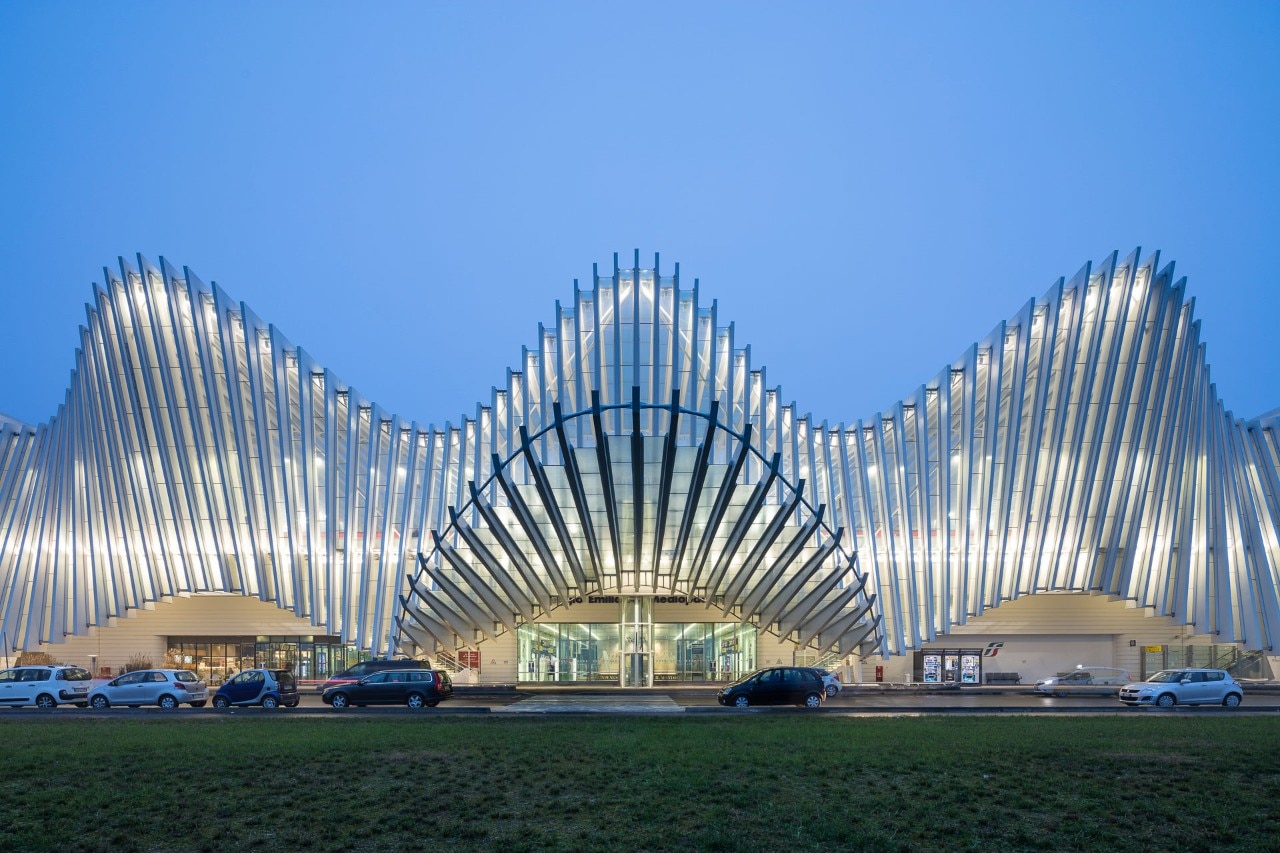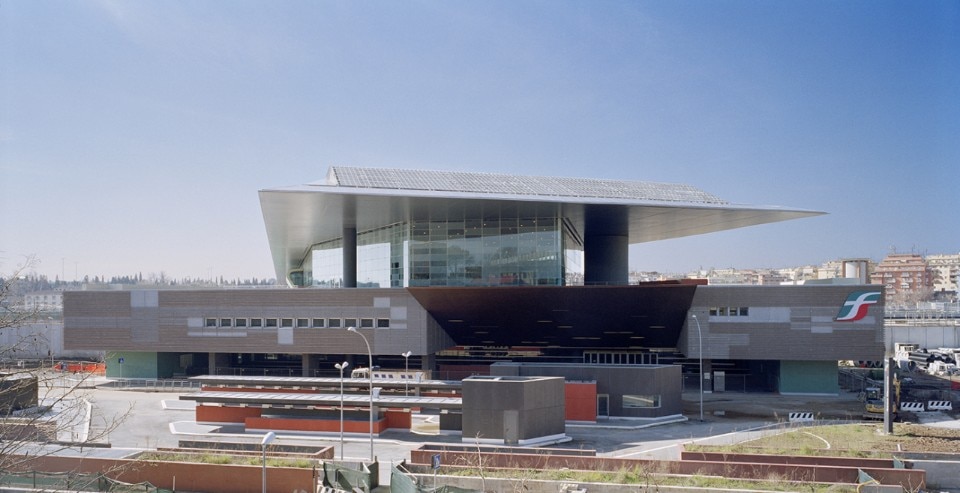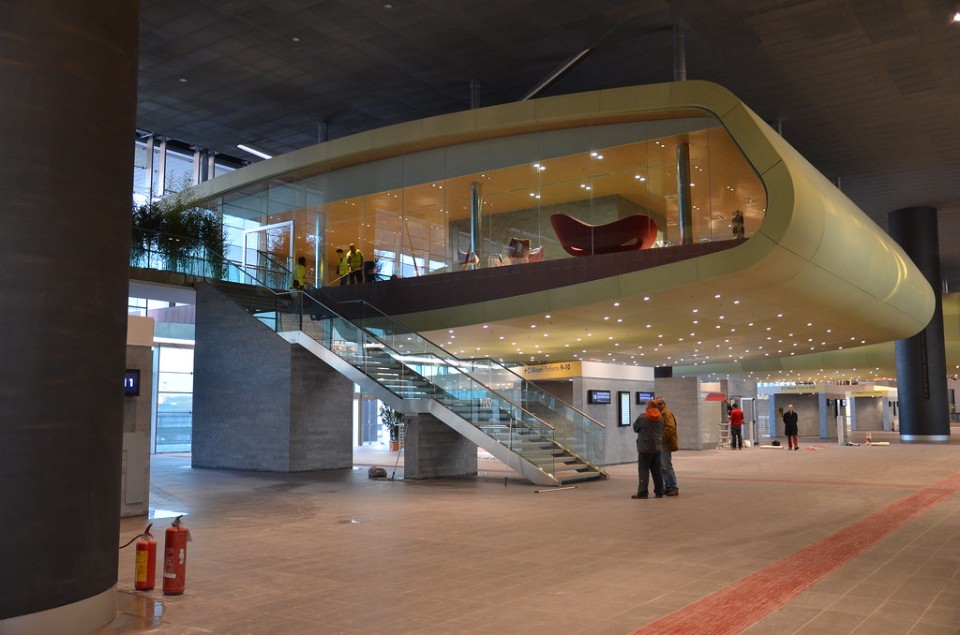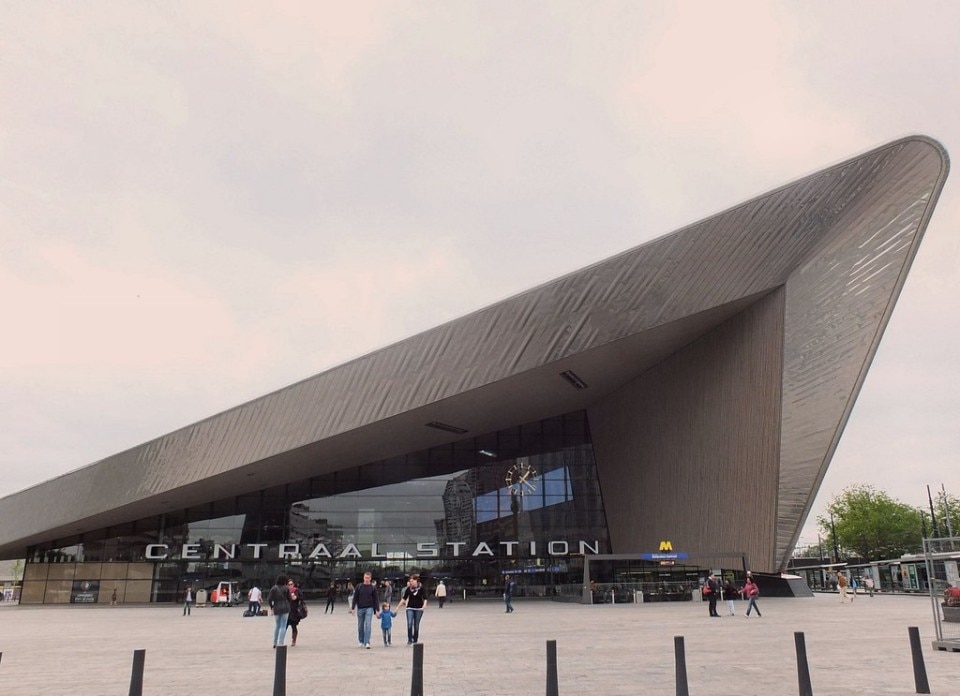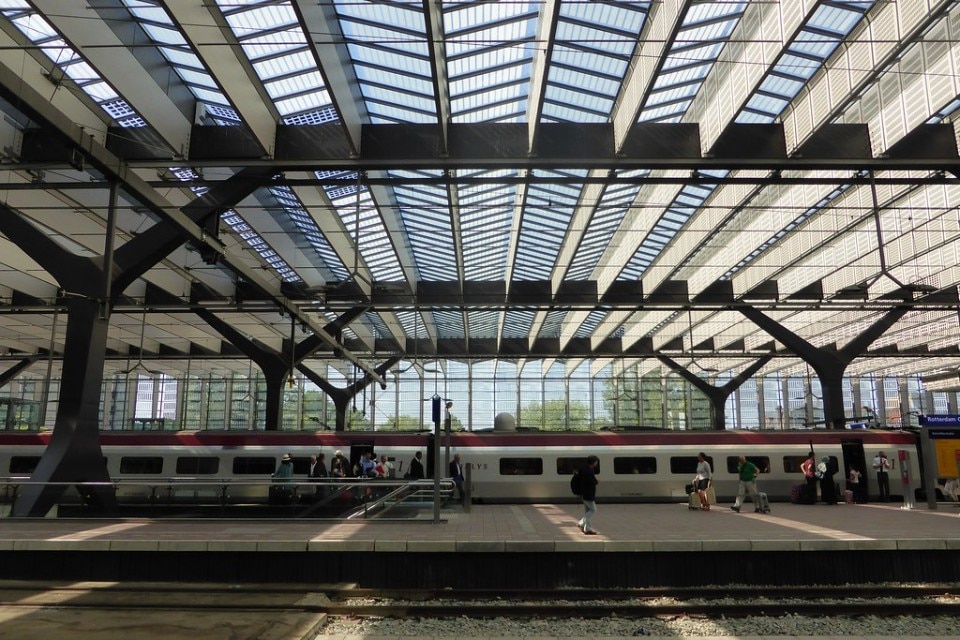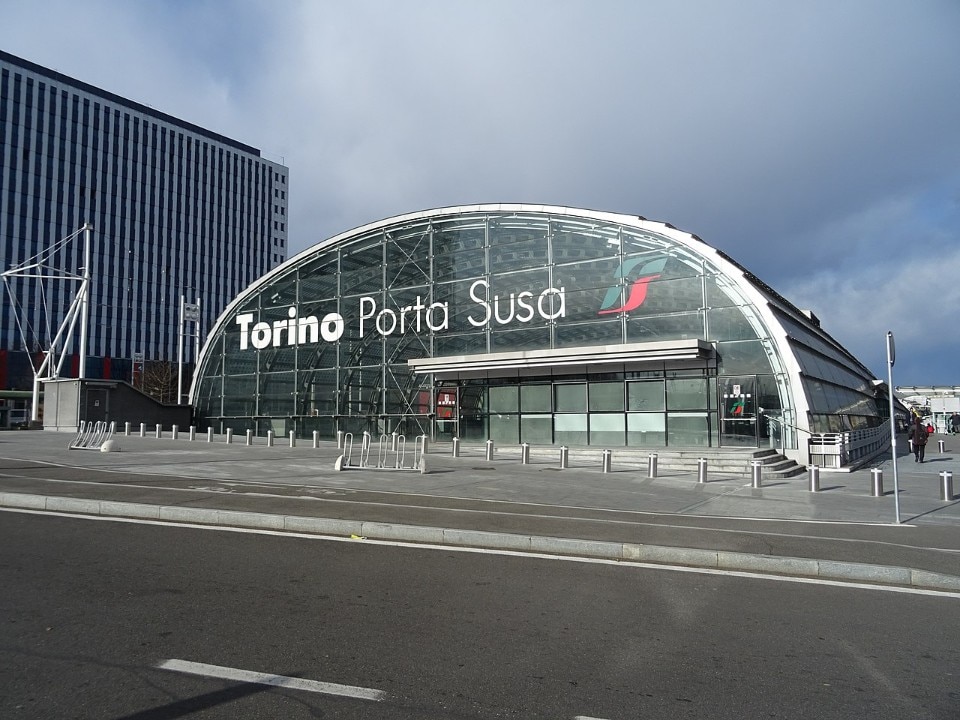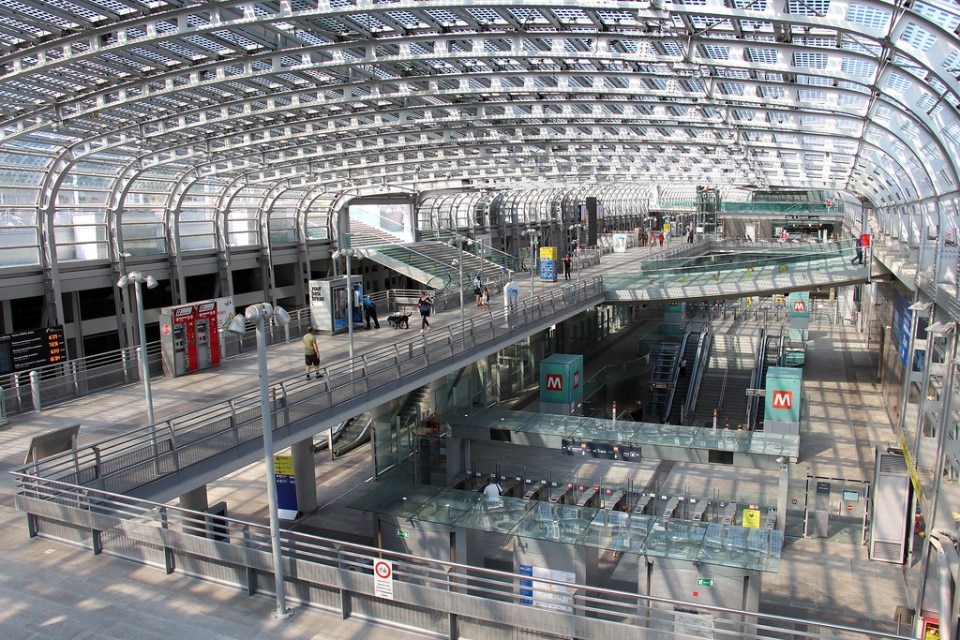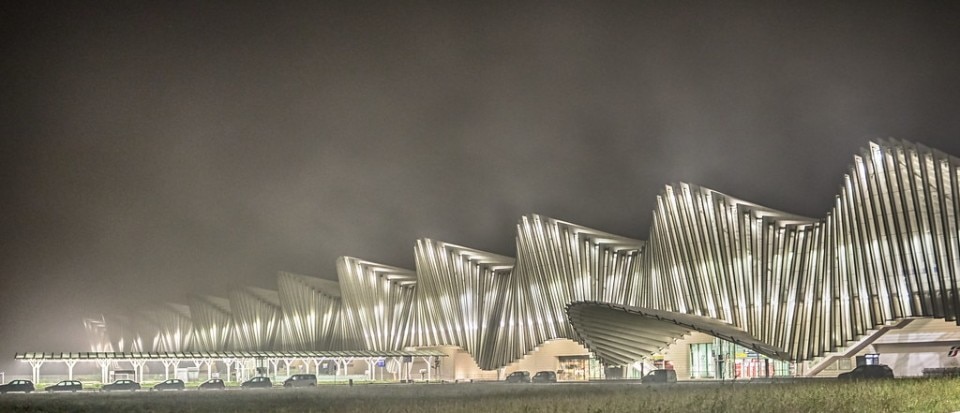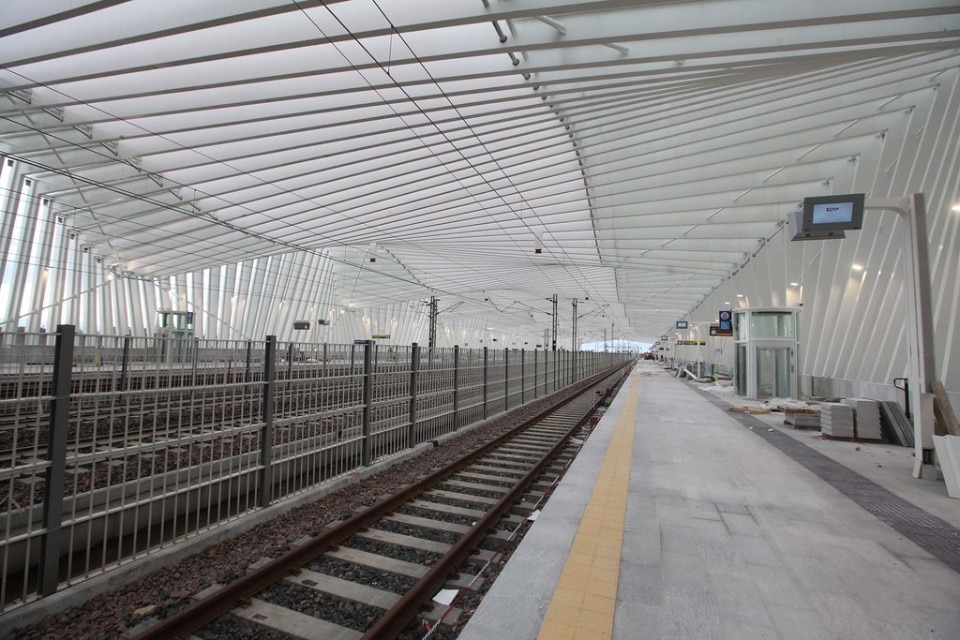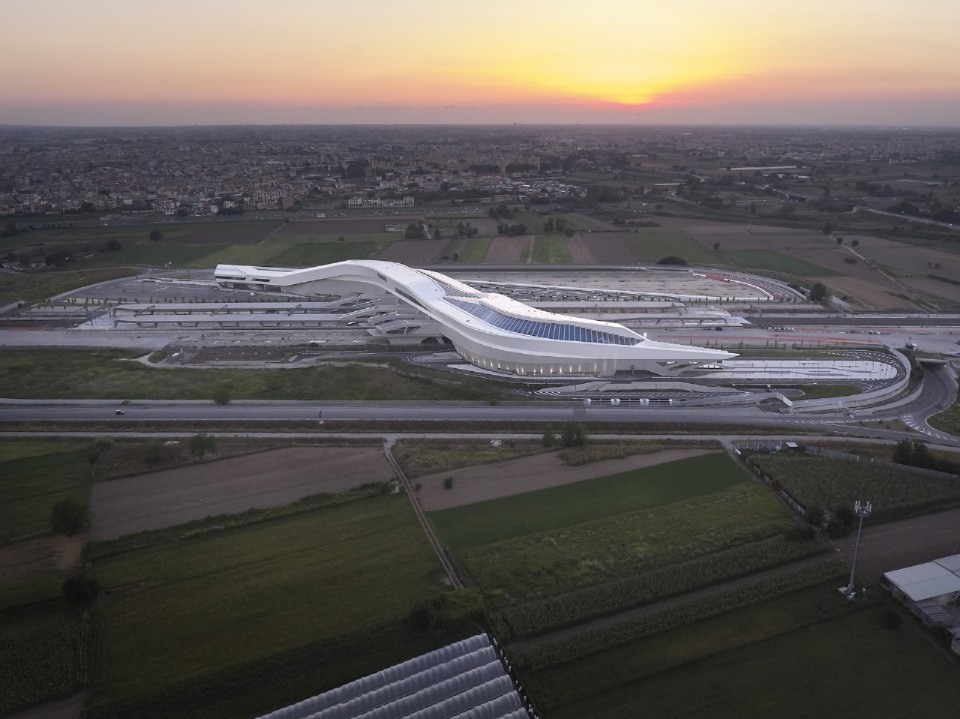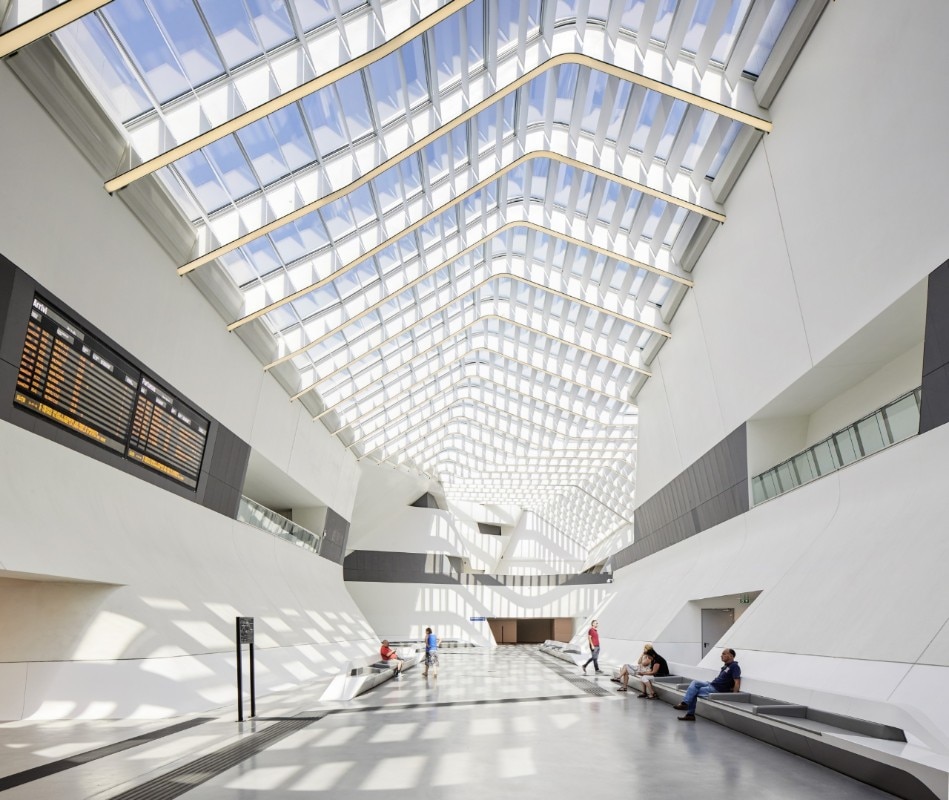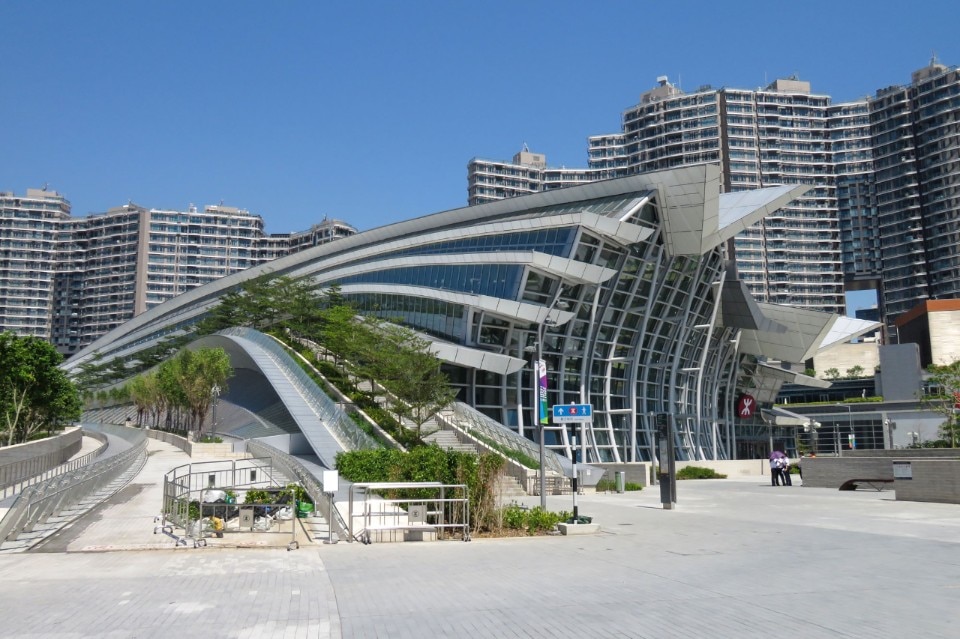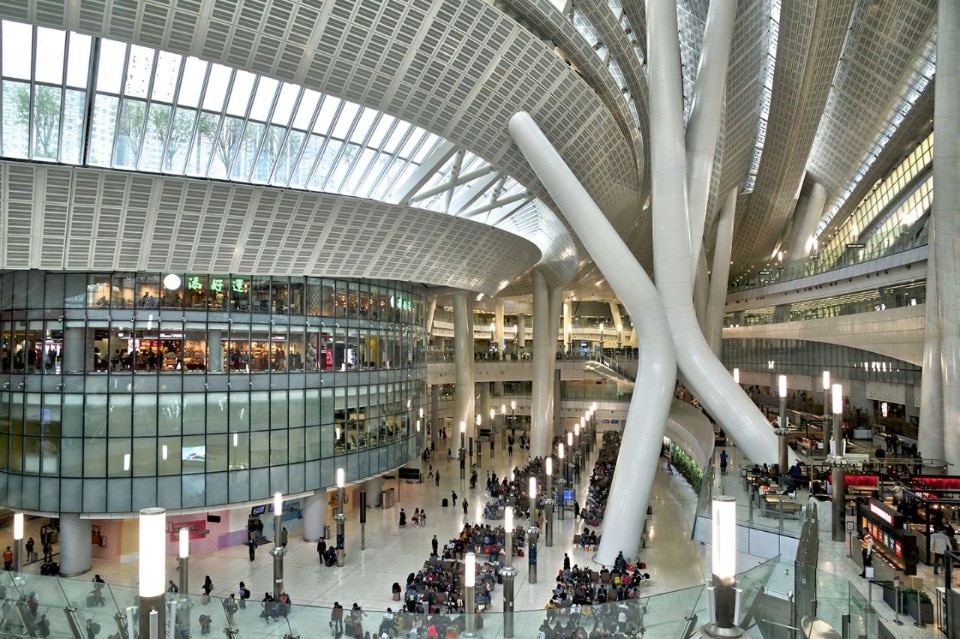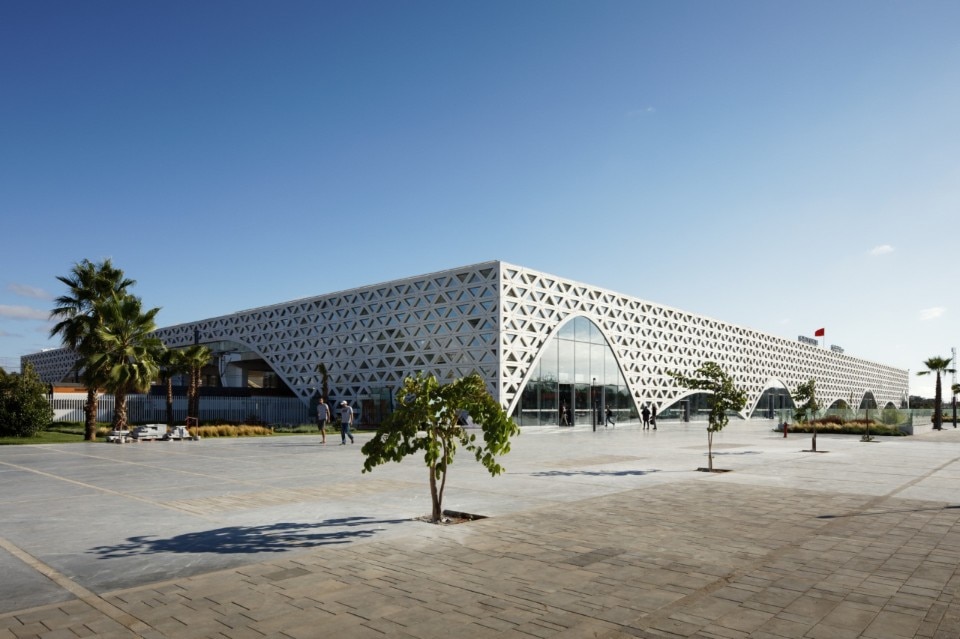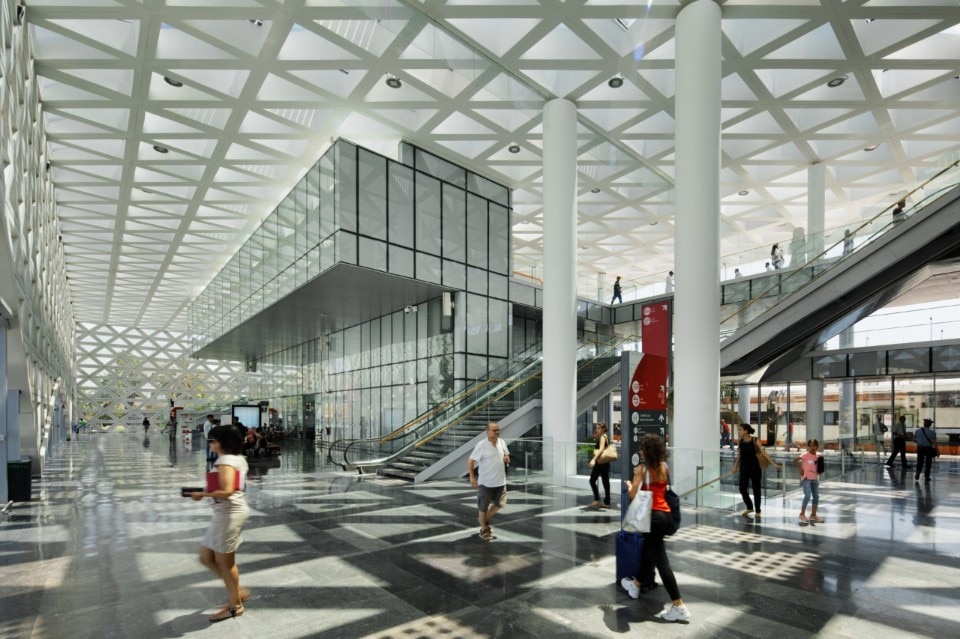“Melt all the bells to make as many rails for new ultra-fast trains”: if he were still among us, Filippo Tommaso Marinetti’s eyes would shine if he saw the trains and stations of the High Speed Railway, a manifesto of the spectacular progress in mechanical and infrastructural technology that he so much desired.
Indeed, as accustomed as we are today to an increasingly rapid flow of information and travel – both material and immaterial – it is still not unusual to be amazed at how transport times have radically shortened. We are certainly ‘light years’ away from the complacency of the romantic travellers of the 18th century Grand Tour who savoured the journey in the dimension of slowness and as an aim in itself beyond the final destination: but times change, moods too, and today it is more important to ‘arrive early’ than to enjoy the journey.
Despite this ‘fall of the aura’ of the traveller’s spirit that would make Chatwin shiver, the stations of the High Speed trains have certainly become a strategic presence in the territory that goes far beyond the need to take a train: hyper-technological ‘cathedrals’, often designed with refined criteria in the name of environmental sustainability, they stand as propulsive ‘engines’ of socio-economic development and as instruments for the reconnection of disconnected urban fabrics.
Thus, from Italy (Rome Tiburtina Station by ABDR; Turin Porta Susa Station by AREP, D’Ascia and Magnaghi; Mediopadana Station by Calatrava; Naples’ Afragola station by Hadid), to China (Hong Kong West Kowloon Terminus by Bromberg architects), to Morocco (Kénitra station by D’Ascia), to the Netherlands (Rotterdam Centraal Station by Team CS), the architecture for the “ultra – fast” trains astonishes for its grandeur and efficiency, but the somewhat sentimental idea remains that, beyond the many benefits, perhaps something more intimate and emotional in an “accelerated” perception of space from behind the window is inevitably lost: places of life and encounter, of integration and interaction, or still anonymous and lonely, albeit glossy, ‘non-places’, as Marc Augé saw them?
Opening image: Santiago Calatrava architects & engineers, Mediopadana Station, Reggio Emilia, Italy 2013. Courtesy Santiago Calatrava architects & engineers


